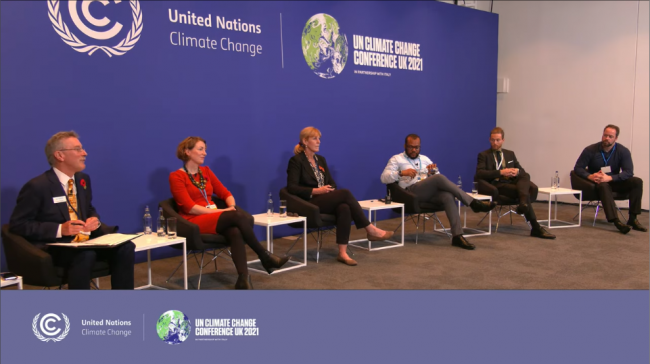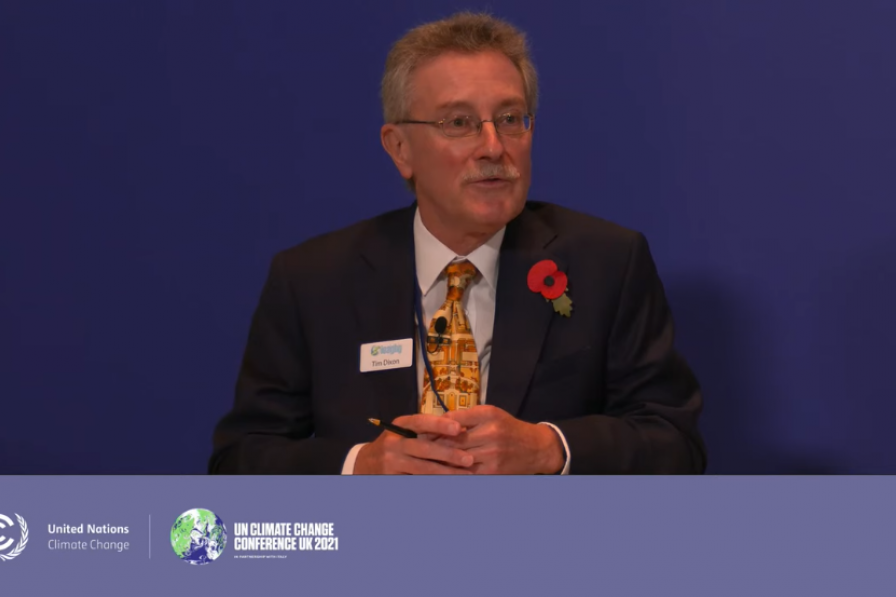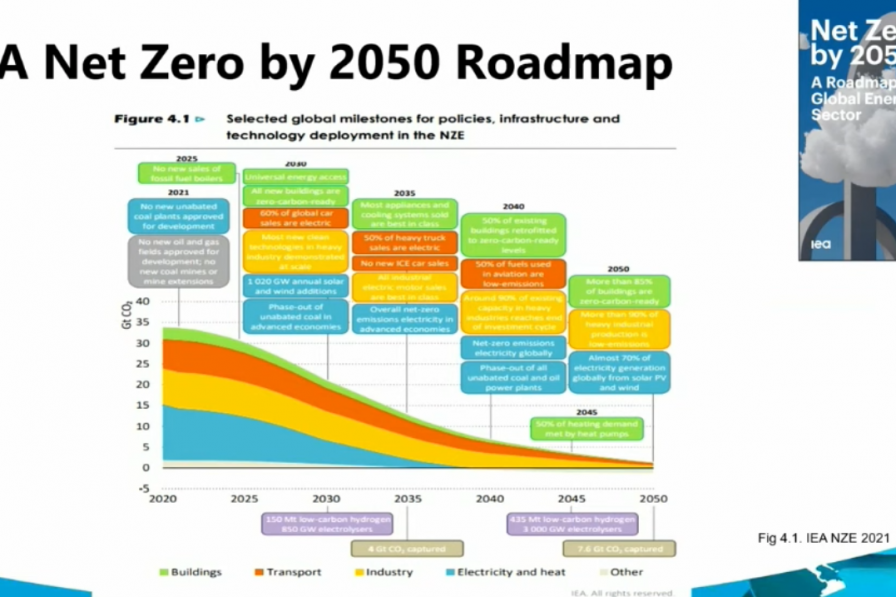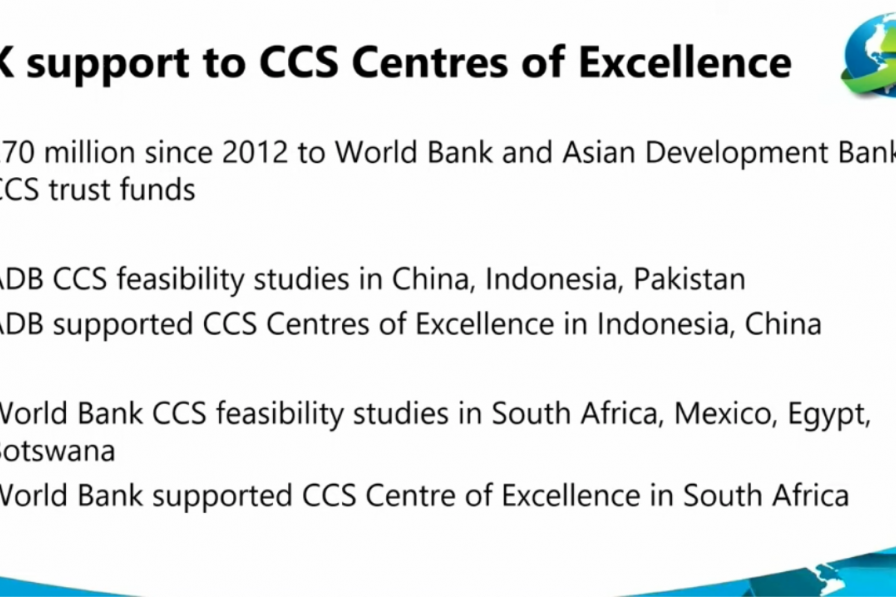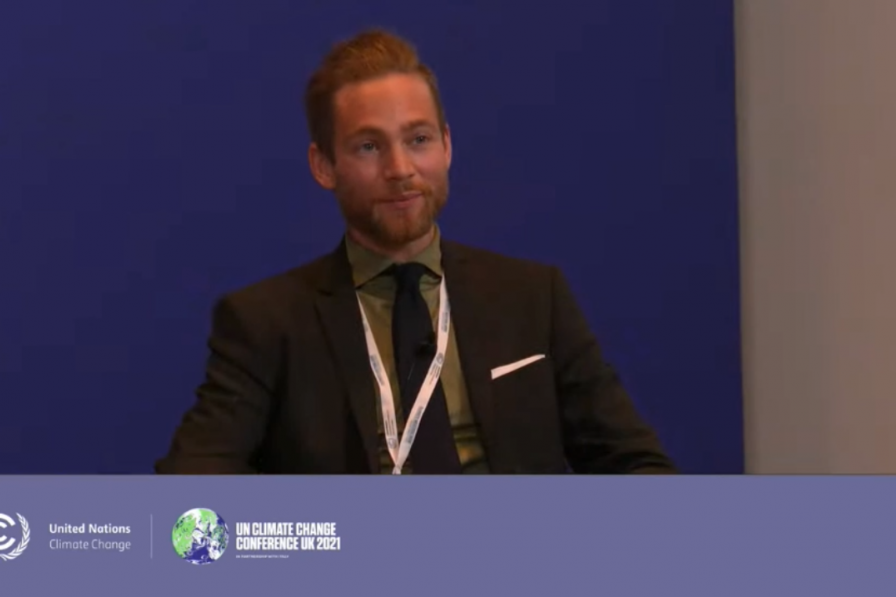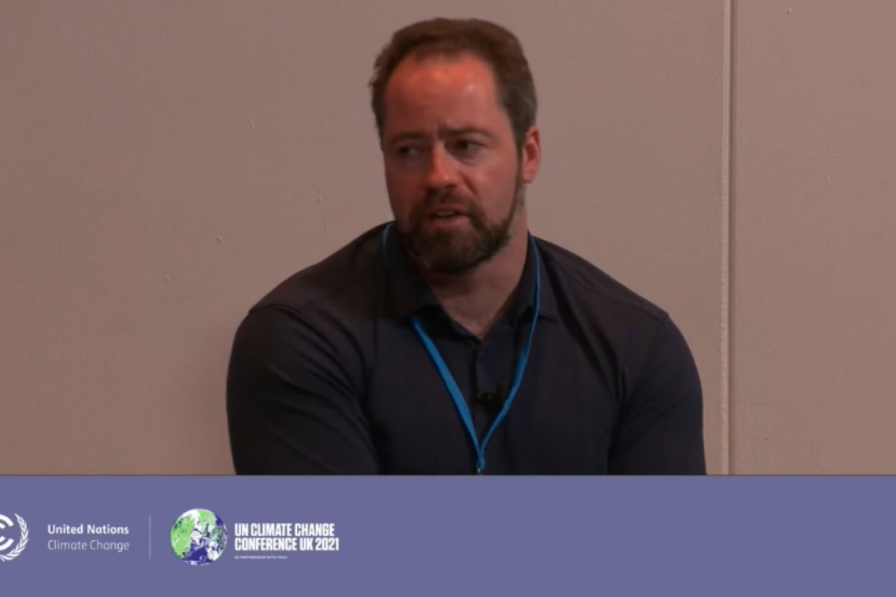Carbon Capture and Storage – Decarbonisation of Industries in the UK, US, Canada and Nigeria
Decarbonization and carbon capture and storage (CCS) are things that could appear in a science fiction movie, but discussions around these topics are very serious and provide key solutions to achieving a net zero target by 2050. Panelists from the US, the UK, Nigeria, and academia and research institutes unpacked the essence, challenges, priorities, and opportunities existing in developing CCS infrastructure during this event. Key messages that emerged focused on:
- the importance of adding CCS capabilities to countries’ Nationally Determined Contributions (NDCs) and carbon removal strategies;
- the role of CCS research and development initiatives to significantly reduce carbon emissions;
- the need for CCS research and development champions in countries to enter the conversation; and
- progress in sector-specific initiatives, including geological storage and decarbonizing the cement industry.
The event was hosted by the UNFCCC Secretariat and jointly organized by the International Energy Agency’s Greenhouse Gas Research and Development Programme (IEAGHG), the UK Carbon Capture and Storage Association (CCSA), the University of Texas at Austin, Bellona, and the International CCS Knowledge Centre. The Nigerian Office of the President provided a developing country perspective on progress made with regards to CCS.
Tim Dixon, General Manager, IEAGHG, moderated the event and provided opening remarks. Describing the concepts of carbon dioxide (CO2) sources and sinks, he explained the necessity of removing CO2 from the atmosphere in addition to developing strict carbon emission reduction strategies to achieve a carbon neutral world by 2050. He noted that the NDCs committed to during the 2015 Paris Climate Change Conference were focused on short-term commitments to be achieved by 2030. Under the Paris Agreement, he explained, these NDCs have to be updated every five years and must represent advancement. Highlighting the current 123 NDCs submitted, he reported only 14 included plans for CCS.
Jennifer Wilcox, Principal Deputy Assistance Secretary for Fossil Energy and Carbon Management, US Department of Energy, via video, emphasized the importance of addressing technology, financial and policy challenges in industry decarbonization to ensure climate targets are met by 2030 and 2050. She suggested “we are running out of time – we need to move at an unprecedented pace to increase carbon removal from the atmosphere a thousand-fold over the next decades.” She said carbon dioxide removal (CDR) should be viewed as a tool that counterbalances the hard-to-remove carbon from sectors such as agriculture. She described her Department’s new mission of achieving reductions of millions of tons of carbon by 2030, creating a compelling argument for collaboration across governments, academia, and industry.
Ruth Herbert, CEO, CCSA, presenting on the CCS industry in the UK, highlighted CCS as an essential enabler of clean hydrogen, greenhouse gas (GHG) removal, heavy industry decarbonization and flexible zero carbon electricity. She cited the Climate Change Committee’s Sixth Carbon Budget, required under the UK’s Climate Change Act, whereby the UK government adopted a 78% GHG reduction by 2035. On the UK’s Net Zero Strategy: Build Back Greener, she reiterated the UK’s commitment of operationalizing four CCS clusters by 2030, and outlined CCS-related targets in the power generation, industrial CCS, hydrogen, and transport sectors, which will significantly reduce carbon emissions over the next few decades.
On research initiatives to demonstrate secure storage in the US, developed by the University of Texas at Austin, Katherine Romanak, Jackson School of Geosciences, University of Texas, explained the process of storing carbon in underground spaces below 800 meters via wells. Inviting countries to explore their potential for geological storage capacity of CO2 through attending capacity-building workshops and becoming involved in the Carbon Sequestration Leadership Forum, she said “we are looking for champions to take CCS forward in your countries.”
Victor Richard Osu, Office of the Vice President, Nigeria, described the experience of carbon storage development in Nigeria, noting key activities, including:
- technical assessments of existing carbon storage resources through a pre-feasibility assessment;
- identifying applicability of existing laws and regulations for carbon capture, usage and storage (CCUS) and producing frameworks for development and deployment; and
- building national and institutional capacity for CCUS development and deployment in Nigeria.
Eivind Berstad, Senior Advisor, Bellona Europa, elaborated on the need for CCS infrastructure. He said the current CCS value chain must consider review of the investment and delivery profile of each part of the chain, including transport via shipping, pipeline distribution, the decarbonization process, infrastructure, and storage modality. Comparing the development of a sewage system in London in the early 19th century, he suggested development of a CO2 network should likewise be considered a public good to halt a further rise in carbon levels.
Beth Valiaho, International CCS Knowledge Centre (via video), focused on decarbonizing the cement sector, reporting that global cement production results in 7-8% of CO2 emissions with an expected 12-23% increase in demand by 2050. She expanded on a feasibility study with the Lehigh Hanson construction material supplier in Edmonton, Canada, where a cement facility was retrofitted with a full-scale, post-combustion, amine-based CO2 capture system, with an estimated capture rate of 0.78 million tons of CO2 annually. She suggested that during cement production, energy emissions can be reduced by efficiency, while the industrial process emissions, which contribute 4% of global emissions, need to be captured to significantly reduce emissions.
During the discussion with virtual participants, questions addressed the role of CDR in carbon emission reductions, which policy instruments are available to governments, and what role Nigeria can play in the future of CCS in Africa. Dixon referenced pilot projects, saying developing countries can overtake the developed world’s CCS trajectory. Niall Mac Dowell, Imperial College of London, explained the UK government’s task force is looking at ways to monitor, report, and verify on the regulatory side, saying the purpose was to understand the way GHG can be monitored, reported on, and verified, which will require a diversity of approaches.
Concluding the event, Dixon invited participants to visit the virtual CCS exhibition for more information.
CONTACT
Tim Dixon | Tim.Dixon@ieaghg.org
Katherine Romanak | katherine.romanak@beg.utexas.edu
Mark Preston Aragonès | mark@bellona.org
Catherine Beth Valiaho | bvaliaho@ccsknowledge.com
Judith Shapiro | judith.shapiro@ccsassociation.org
MORE INFORMATION
To receive free coverage of global environmental events delivered to your inbox, subscribe to the ENB Update newsletter.

